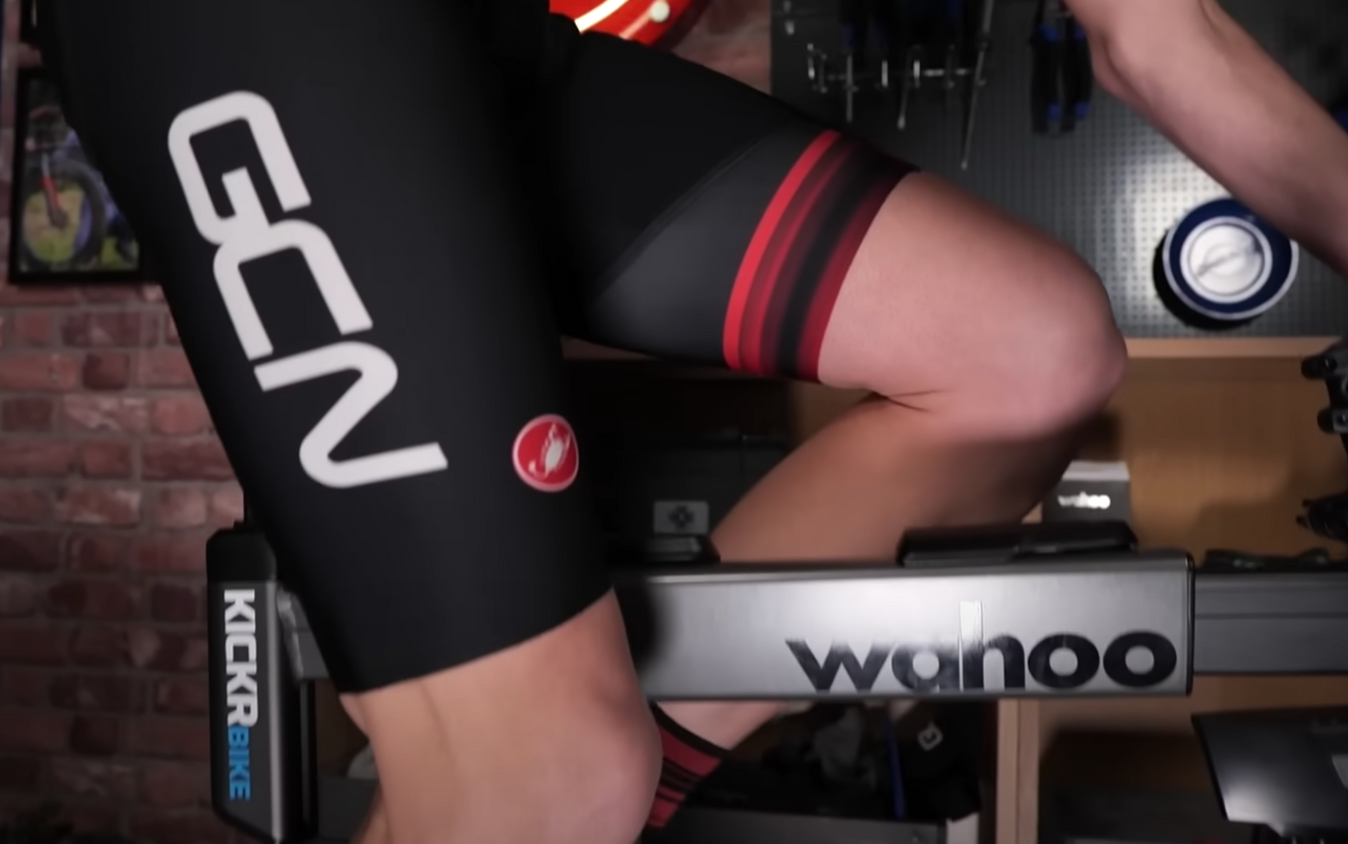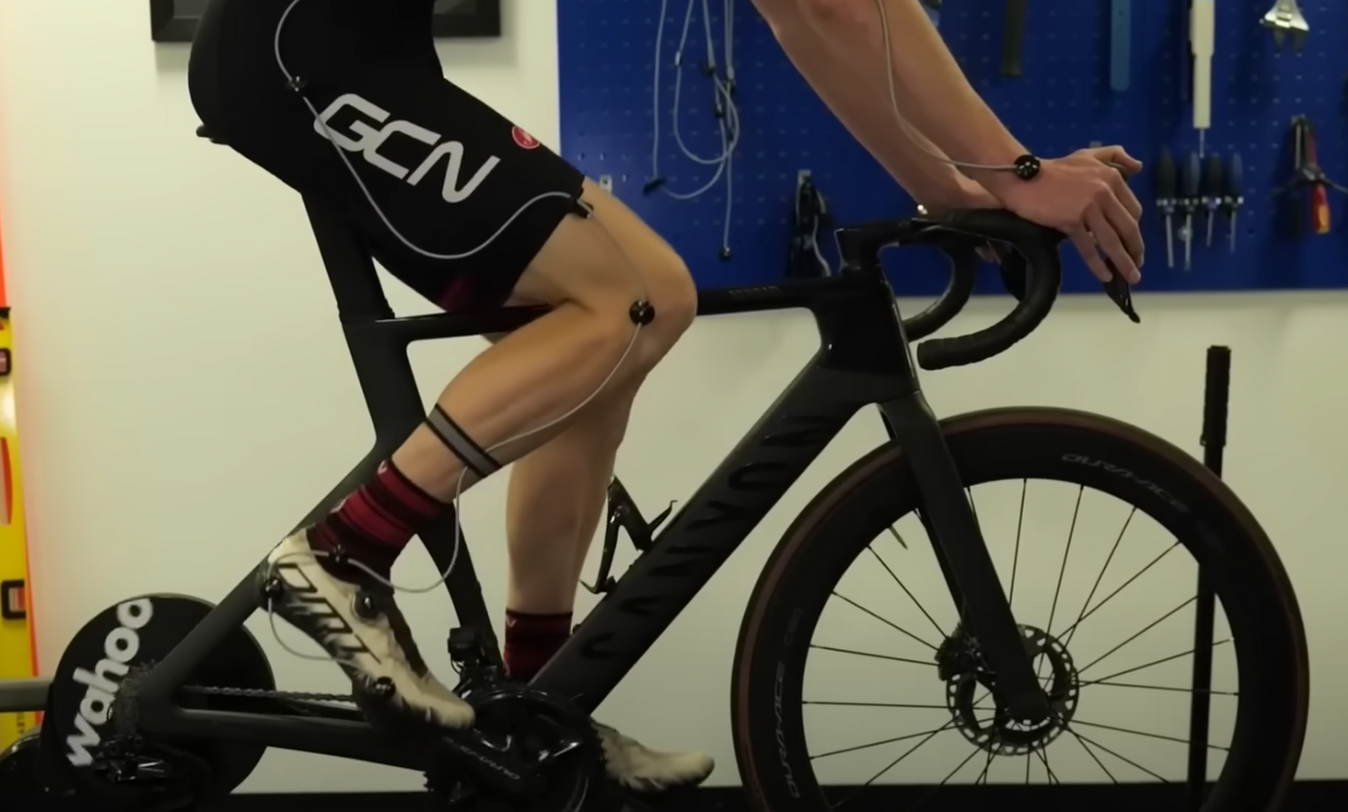Should you change crank length? Top tips from bike-fitting expert Jake Yarranton
Crank length is often overlooked but it’s critical for perfecting your bike’s set-up
Tom Hallam-Gravells
Online Production Editor
From comfort to preventing injuries, perfecting your bike’s set-up is important. Most of the attention when it comes to fit is focused on certain parts of the bike, like saddle height and reach, while one key factor is often overlooked: crank length.
Crank length is important, as finding the correct length will lead to better comfort and performance. However, the world of crank lengths can be confusing, so where do you begin?
We recruited the help of bike-fitting expert Jake Yarranton to learn more. Yarranton founded Precise Performance in 2018, a company that provides professional bike fitting services and coaching to both amateur and professional bike riders, so he knows a thing or two about the subject.
What is crank length and why is it important?
Crank arms are vital components that connect the pedals to the rest of the chainset. All of the power you put through the pedals and crank arms is used to turn the chainset, which in turn results in forward motion.
Far from a one-size-fits-all solution, they are available in different lengths. Most cranks are between 165mm to 175mm so the differences between them are only small - although they can sometimes go to extremes beyond these measurements.

© GCN
Multiple different crank lengths are available
Like many parts on a bike, these different lengths cater to the different characteristics of each rider, such as limb length and hip mobility. The latter is especially important and finding the correct length to match your individual characteristics can provide performance benefits while also preventing injuries, as Yarranton explains.
“Most of the time the rider’s hips, if they’re a little bit limited, might need a shorter crank to allow the hip to stay open when they’re pedalling on the bike,” he says.
“Which then reduces the risk of injury, improves the efficiency and in turn, if you’re more comfortable, you’re going to be more efficient anyway.”
Are there aero benefits to changing crank length?
It’s seemingly impossible to escape the realms of aerodynamics in modern cycling and it even seeps into the thinking for crank length too. Those who follow the school of marginal gains will be pleased to know that changing crank length can improve a rider’s aerodynamic profile, although this should always come at the bottom of the thinking and only be implemented if it doesn’t affect comfort and pose any injury risk.
“If you’re running a shorter crank, you can lower your back angle, which can lower your frontal area as well. That’s all in tune with keeping your hips open as well,” says Yarranton.
“The flexion of your knee isn’t coming up as high, so you’re not restricting your body as much. It’s big and more necessary in triathlon and time trials, because people are looking for that aero advantage. With the research and stats we have, this is definitely a big shift in how people are riding. So making this change is definitely increasing performance.”

© GCN
With a shorter crank the knee doesn't flex as high, allowing a rider to get into a more aerodynamic position
Before you jump online to order a shorter crank, hold fire, as there are limitations to how short a crank should be - plus you’ll probably need the input of a professional bike fitter, but more on that below.
“I generally hover around the 165mm to 170mm range. It can cause you to struggle to get on top of the gear as much if you go too short. We have to keep that in consideration. This differs for everyone, so there isn't a black and white rule that is definite.”
170mm is below what many bikes have as stock, and both 172.5mm and 175mm lengths can be frequently found on new bikes.
- Read more: How to find the perfect bike fit
How do you know if you have the correct crank length?
Crank length can have a big impact on efficiency, injury prevention and performance, but the tricky part is knowing when it’s time to make a change - beyond any cravings for an aero advantage.
There will sometimes be obvious signs that a change is needed, usually in the form of a persistent injury or pain in the knees or hip, but there are other important things to look out for too.
“The common things that you may find if your crank length is wrong or not optimal, is some knee pain, some hip pain, some pedalling alignment issues,” Yarranton explains. “Potentially your pedal stroke isn’t as smooth, but granted you might need to try a different crank length to know that difference.”
This is where one of the big difficulties with crank length can arise as, unless you’re suffering from injuries, there may not be any clear indicators that it is sub-optimal. Sizes only move up or down in increments of millimetres too, so you may not even notice a difference once you’ve changed sizes, but that doesn't necessarily mean that it hasn’t benefited you.

© GCN
A professional bike fit will help to identify any issues
Beyond resolving injuries, knowing when a change is needed requires an understanding of your body, but that’s not easy without outside help, which is why a dedicated bike fit is often the only way.
“I would say probably not,” Yarranton responds when asked if there’s an easy way for cyclists to assess crank length at home.
“Unless they know their body inside out and know if they have a hip impingement or hip limitations, without seeing somebody to say that ‘you have this imbalance or impingement’, they’re probably not going to know that they need to change their crank length.
“Personally, when I’m carrying out bike fits, crank length is definitely on my radar on every bike fit just to make sure we’re not causing any issues for a rider. But we’re also making sure that I don’t recommend someone to make an expensive change for no reason.”
- Read more: Should all cyclists get a bike fit?
Should you change your crank length?
Where does that leave us? Should every cyclist be looking at their crank length? Realistically, probably not. Unless you’re suffering with injuries, the benefits are fairly inconsequential for most cyclists. It’s in the realms of performance where the biggest advantages can be found.
“If you’re new to cycling, recreational, and are not experiencing any issues or pains or injuries, potentially we don’t need to disrupt that.
“If you’re trying to find those marginal gains, maybe it’s something you might want to investigate. And potentially if you are feeling some pains as well, that is something that we should look at.”
Even if you’re suffering knee or hip pain, there could also be other factors affecting this. If your fit is off in other areas of the bike, this can have a knock-on effect.
That’s why it’s also important to remember that crank length is only one part of the overall equation. Even if your crank length is right, it won’t be much use if your seatpost is too high. A bike fit is the best solution as it will take crank length into account alongside all of the other factors, leading to the best, optimal fit.
For a demonstration of the difference changing crank lengths can make, using GCN’s Alex Paton as a guinea pig, watch the full video at the top of this page.








.jpg?w=600&auto=format)



